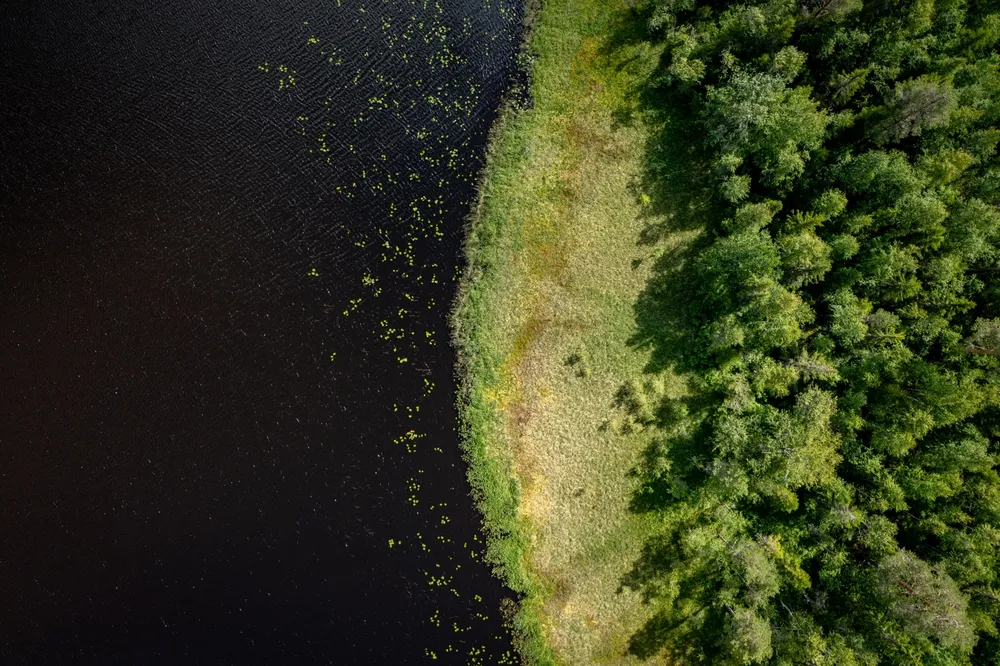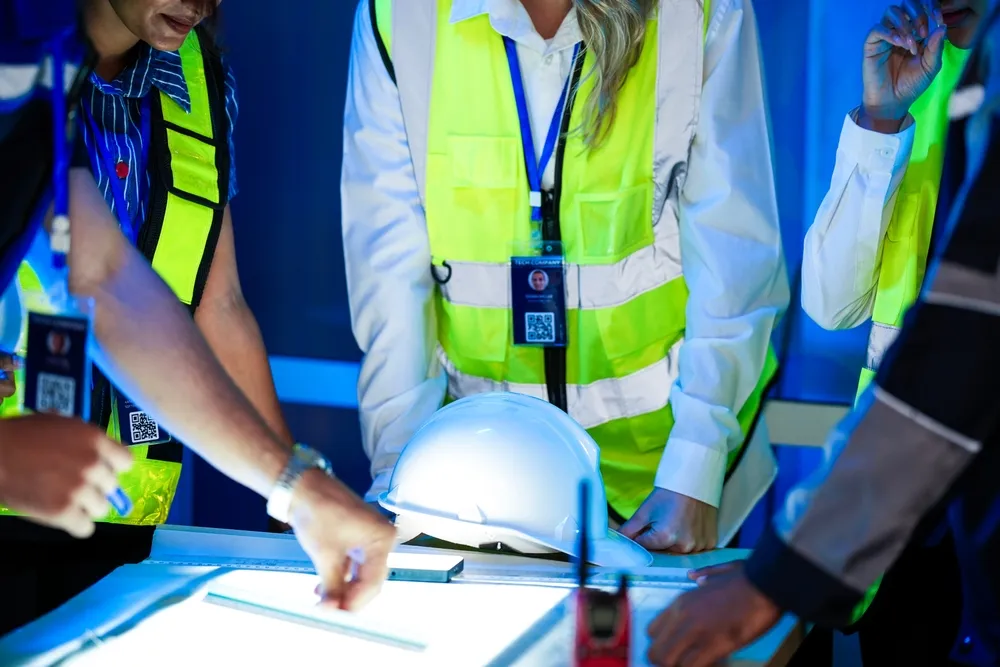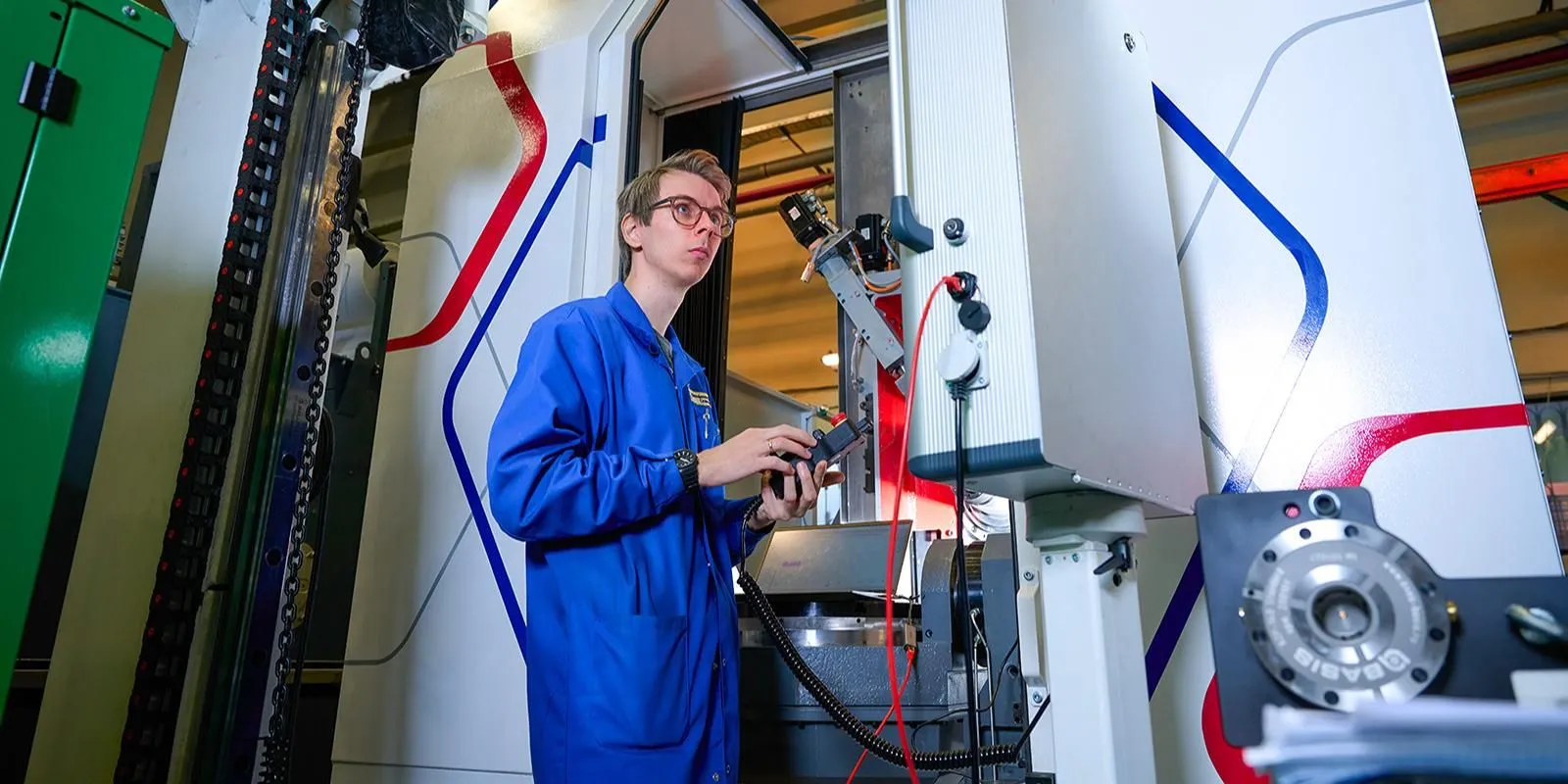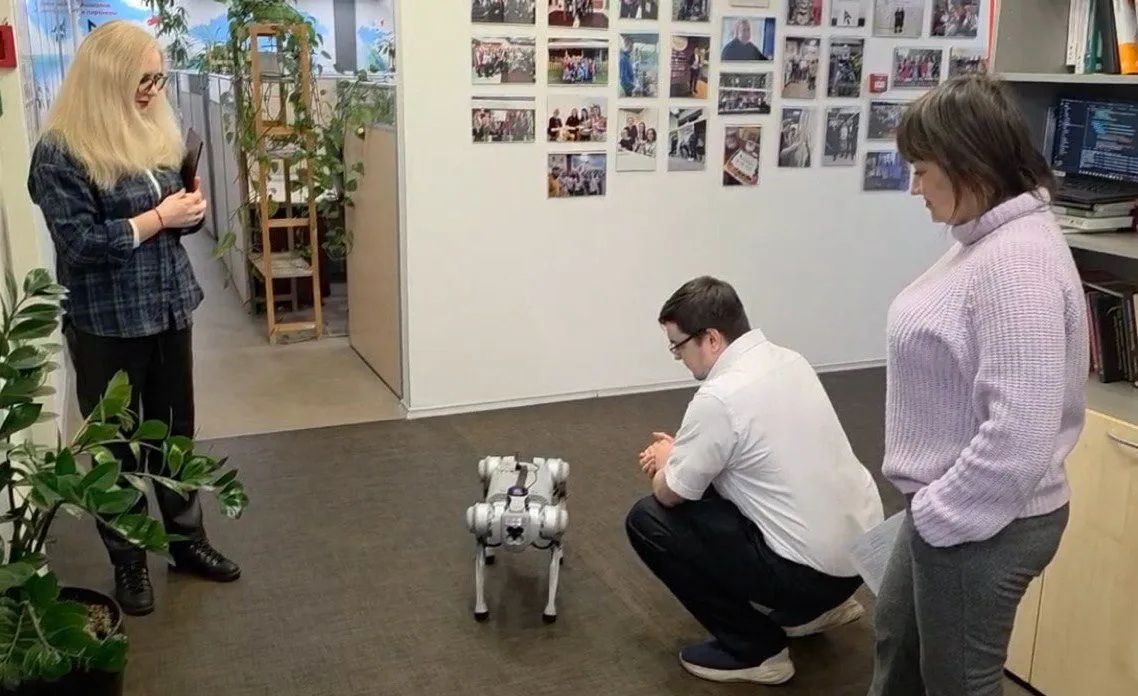Russian Scientists Build AI to Predict Tropical Cyclones with Greater Accuracy
The neural network analyzes satellite images to forecast storms earlier and more precisely, making shipping routes and coastal regions safer.
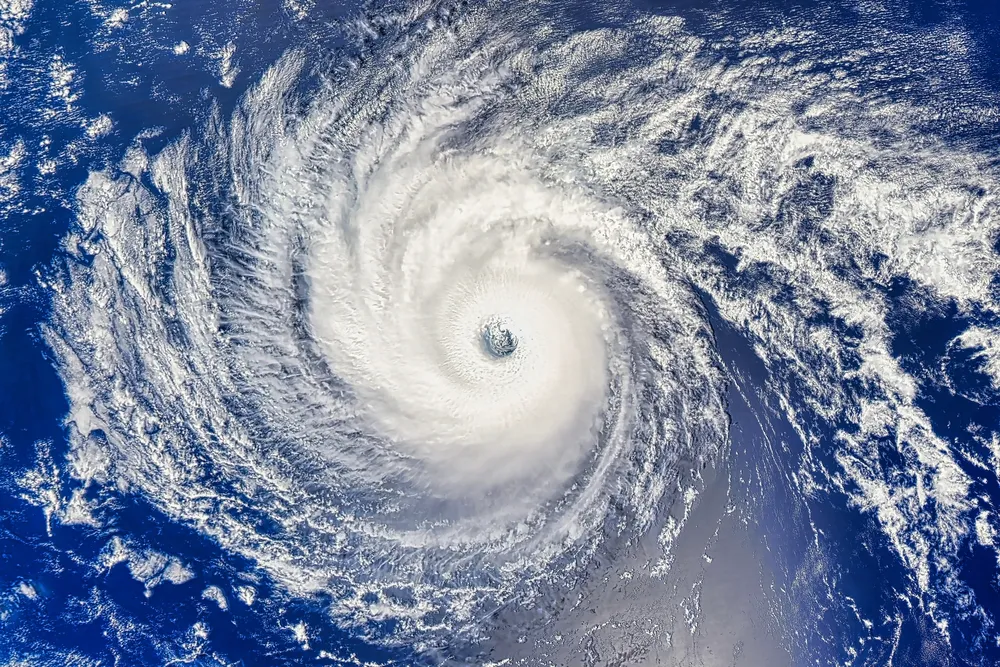
Researchers at Far Eastern Federal University, working with the Far Eastern Branch of the Russian Academy of Sciences and Sberbank, unveiled an AI-based system for forecasting tropical cyclones at the Eastern Economic Forum. The model, which processes satellite imagery, has already been successfully tested by Russia’s Ministry of Emergency Situations in Primorsky Krai.
The project is critical for safeguarding coastal regions and supporting the development of the Northern Sea Route. Tropical cyclones threaten lives, infrastructure, and shipping, while traditional forecasting methods often lag behind rapidly changing conditions. The new system can detect cyclones at an early stage, accurately estimate their strength, and predict their path—giving people time to prepare.
Its applications extend beyond Russia. The algorithms are highly adaptable and could be deployed to monitor the Indian Ocean or Arctic waters, positioning the technology as a potential foundation for a future global emergency-warning system.
Built on deep data analysis, the AI processes massive sets of satellite images, spotting early signs of cyclones invisible to the human eye. Its self-learning capability makes forecasts more accurate with each storm. Scientists are now working to extend its predictive horizon to three days. The development opens new opportunities for exporting advanced safety and logistics solutions worldwide.





